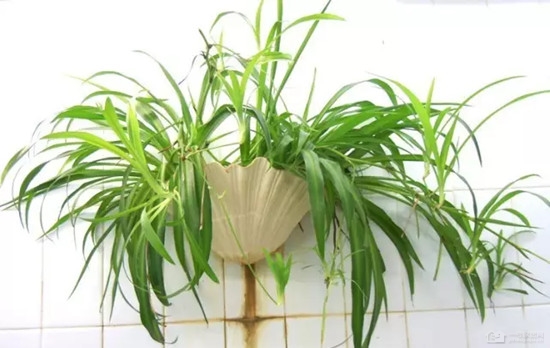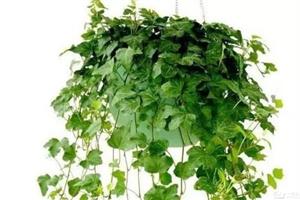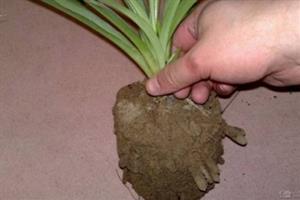How to cultivate Cymbidium starts from understanding the habits of Cymbidium
Although the orchid is a relatively easy plant to feed, it is not particularly easy to cultivate it well. If you want to make the orchid alive, you must start from learning to understand the habits of the orchid. So, what are the habits of hanging orchid in life? Let's have a look together.

Life habits
Temperature: hanging orchids like warm weather, suitable for about 20 degrees to grow, winter need to pay attention to cold, can be moved to the house, do not put in the windy place in the window, so as not to freeze the leaves. If the temperature is too low, the orchid will stop growing, if it is less than 5 degrees, freezing injury may occur.
Light: the orchid likes to be cool, but it is also necessary to give enough sunlight to make the plant photosynthesis in order to promote its normal growth. When the light is insufficient, the leaves will be yellow, and when the light is too strong, the leaves will wither and even die. In the spring and autumn days, as for cool places where the sun can be exposed, direct sunlight should be prevented in summer and more than 60% of the sun should be shielded.
Soil: the soil with good drainage and good air permeability should be selected for planting Cymbidium. The mixture of rotten leaf soil, peat soil, garden soil and river sand can be selected as base soil. For example, you can put some permeable ceramsite at the bottom of the basin, which is about 4 meters thick, then put the plant in the middle of the basin, add mixed soil to seven or eight parts of the basin, compact the soil with your hands, and then cover the surface with a layer of ceramsite.
Watering: the orchid prefers to be moist, especially in the summer growth period, it needs to be watered once a day and sprayed twice to the leaf surface. In the spring and autumn season can be watered every 5 days, because the orchid is afraid of the cold, so it is not appropriate to water too much water in winter, so as to avoid freezing, once every half a month.
Prevention of diseases and insect pests: hanging orchids sometimes give birth to some shell insects, whitefly, etc., if found, should be timely disinfestation. When yellowing in front of the leaves is found, water application and fertilization should be strengthened.
Fertilization: hanging orchid prefer fertilizer, except in winter, can be fertilized every 10 days, fertilizer can choose organic fertilizer liquid or specifically for hanging orchid fertilizer, flower market are sold. Fertilizer should be stopped when the temperature is below 5 degrees.
Matters needing attention
If yellow leaves appear, they should be cut off in time.
The basin can be turned once in March every year to cut off the old root, rotten root and excess fibrous root.
The old leaves can be cut off in the first ten days of May every year, which will encourage them to sprout more new leaves.
Only when you know yourself and the enemy can you win a hundred battles. To cultivate a good hanging orchid, we must start from understanding its habits. In order to have a brisk and green posture of our own hanging orchid every day, the editor suggests that we should learn about the habits of the hanging orchid.
- Prev

Encyclopedia Variety of Cymbidium and its function
Encyclopedia Variety of Cymbidium and its function
- Next

Are you still worrying about changing pots for hanging orchids? The best method of changing pots for hanging orchids
Are you still worrying about changing pots for hanging orchids? The best method of changing pots for hanging orchids
Related
- Wuhan Hospital Iron Tree Blooming Result Was Instantly Frightened by the Gardener Master
- Which variety of camellia is the most fragrant and best? Which one do you like best?
- What is the small blue coat, the breeding methods and matters needing attention of the succulent plant
- Dormancy time and maintenance management of succulent plants during dormancy
- Minas succulent how to raise, Minas succulent plant pictures
- What are the varieties of winter succulent plants
- How to raise succulent plants in twelve rolls? let's take a look at some experience of breeding twelve rolls.
- Attention should be paid to water control for succulent plants during dormant period (winter and summer)
- Watering experience of twelve rolls of succulent plants
- Techniques for fertilizing succulent plants. An article will let you know how to fertilize succulent plants.

